Gyuto
Gyuto (Chef’s) Knife (牛刀包丁 – pronounced: Gyūtō Bōchō) literally translated from Japanese means ‘Cow Blade’. ‘Gyu’ means Cow and ‘to’ means blade. The name stems from its original use to slice and disjoint large cuts of beef. These days the Gyuto is comparable to the Western-styled chef knife and is viewed as an all-rounder in the kitchen.
The Gyuto is the ultimate multi-purpose kitchen knife and is perfect for chopping, slicing, mincing and dicing boneless meat, fish, vegetables, fruit and herbs. The blade profile is well suited for tap-chop or thrust-cut. The slight curve from the middle of the blade leading to its pointed edge is used to rock-chop. Its name also suggests that it is perfect for cutting meat and doing light butcher work. It can be used to pull-cut softer meats or to push-cut more muscular cuts of meat.
The Gyuto features a longer blade providing versatility for cutting larger produce while the tip of the blade allows it to be nimble enough for precision work. The edge is flat from the heel to the belly with a slightly rounded profile from the belly to the tip. The hard steel used in manufacturing makes the double-bevel edge much sharper than Western chef’s knives and retains the ultra-sharp edge for much longer.
Best for: Meat, Fish, Herbs, Vegetables
Kitchen Samurai Ease of Use Rating: All-Rounder – Easy to use and applies to most food types








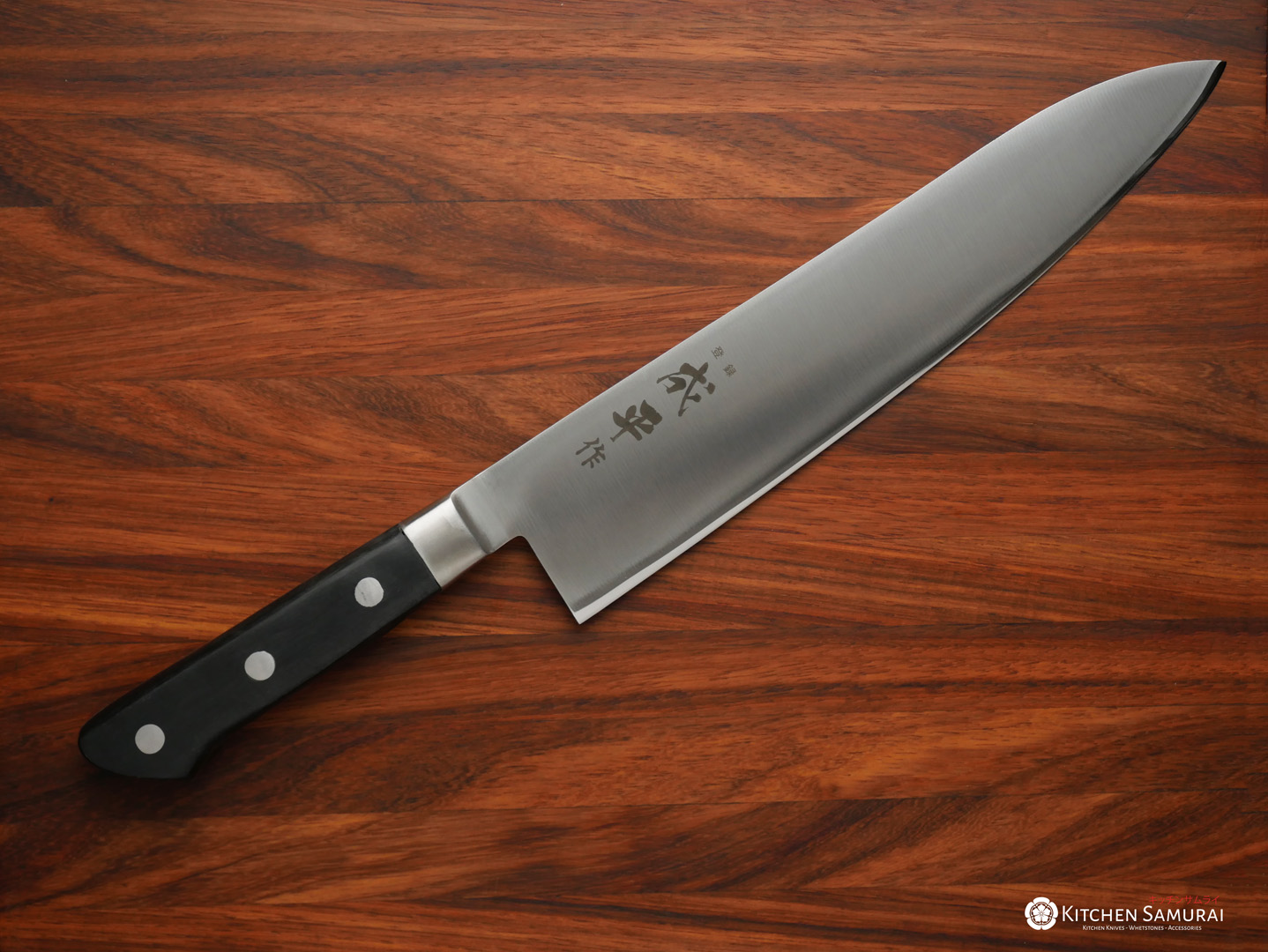

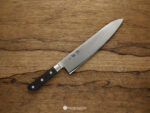


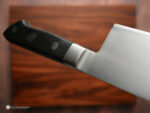
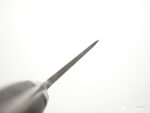





 Or as low as
Or as low as 
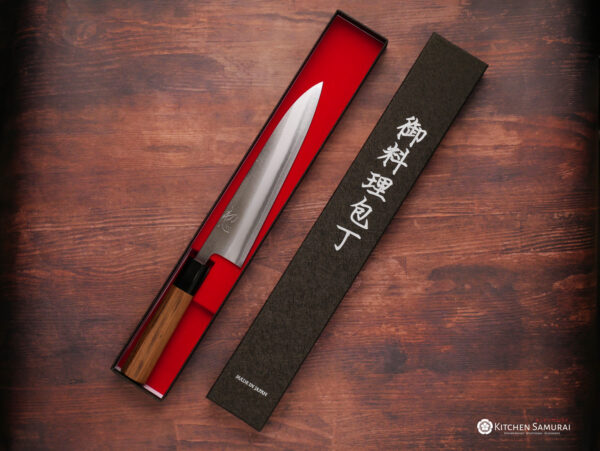






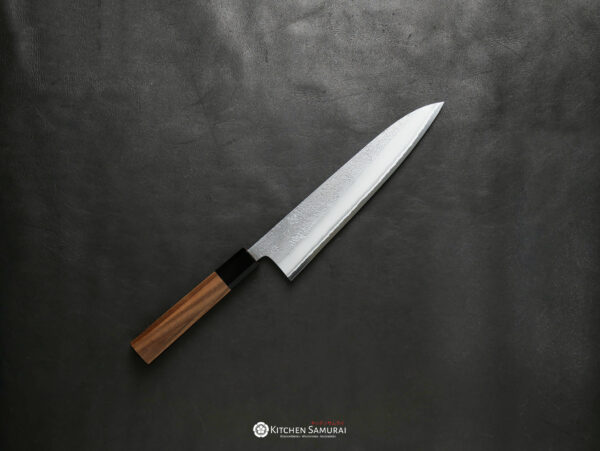


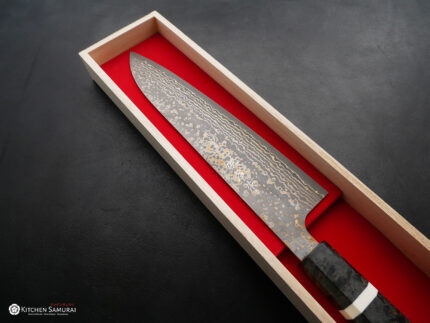

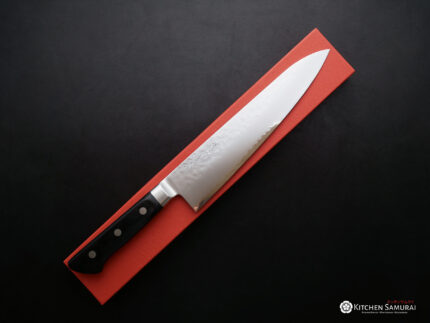


Reviews
There are no reviews yet.